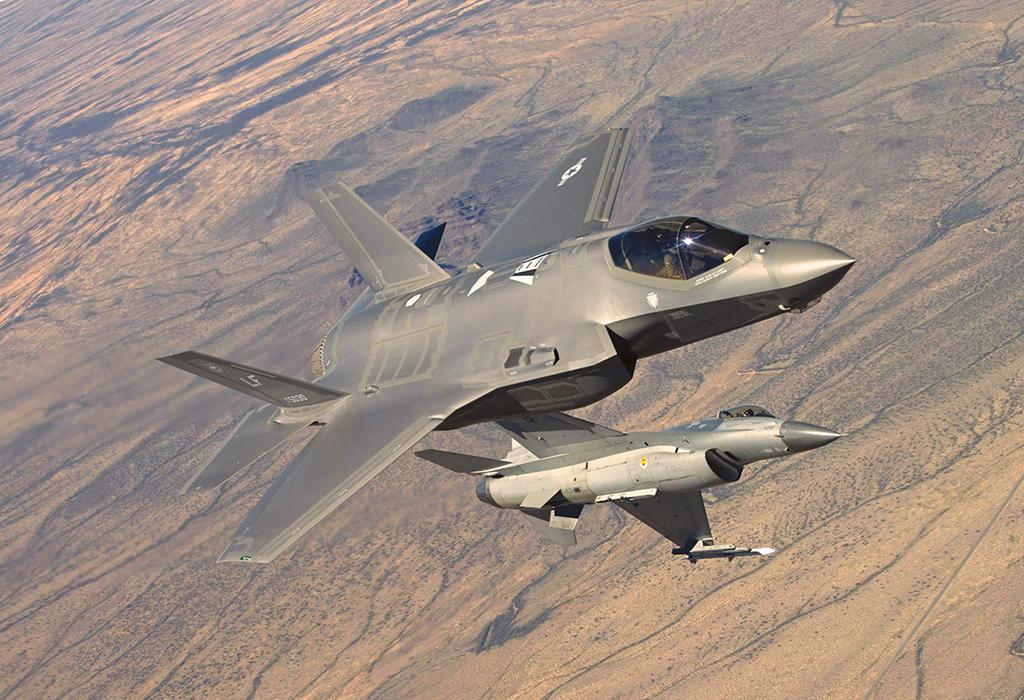
Exposed to Cuts
Programmatically, the major hurdle facing Lockheed Martin’s Joint Strike Fighter is achieving U.S. Air Force initial operational capability with the main F-35A variant in August-December 2016. But the program’s biggest challenge is procurement, and the threat that the Pentagon’s $17 billion fiscal 2017 budget gap will slow production.
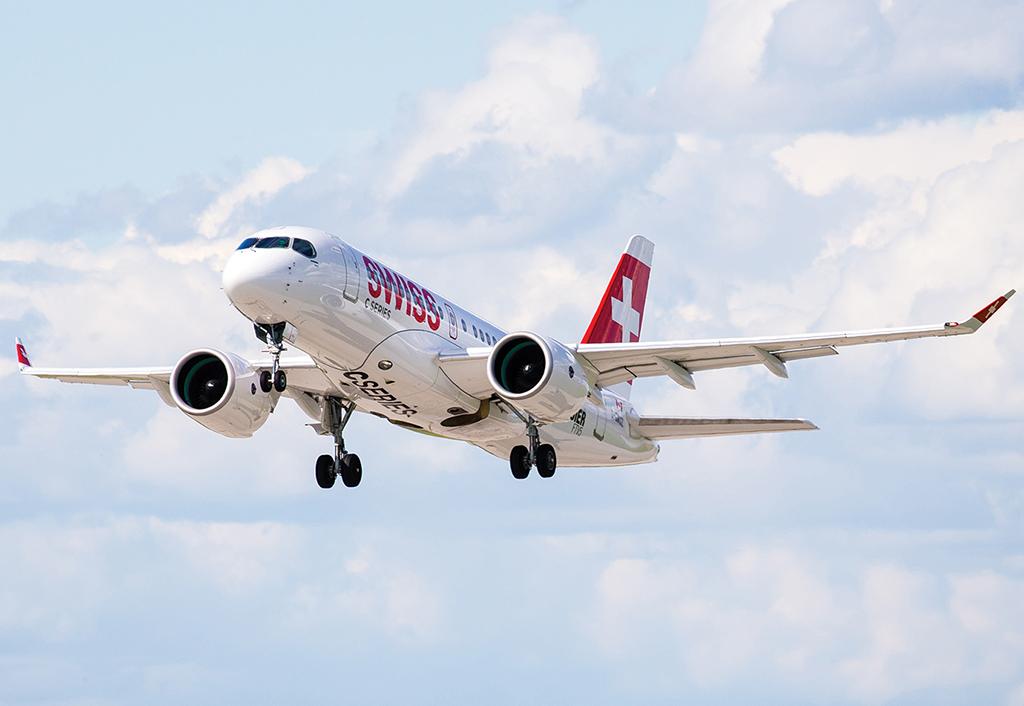
Smooth Entry Needed
Every year in recent times has been critical for the C Series, but 2016 will be even more so. A trouble-free entry into service with launch customer Swiss International Air Lines in the first half of the year is essential if Bombardier is to repair the erosion of customer confidence caused by its technical and financial challenges.
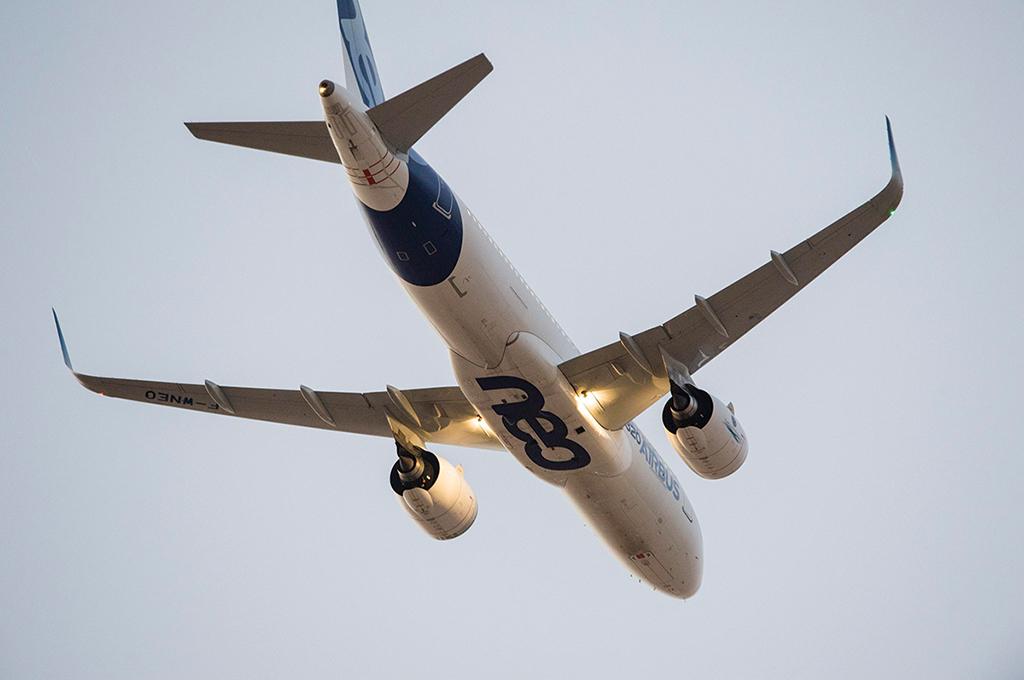
Ramp-Up Challenge
Wholesale renewal of the global narrowbody fleet begins in 2016, with accelerating deliveries of Airbus A320neos and Boeing’s rival 737 MAX entering testing. Orders have slowed, but with a combined backlog exceeding 7,300 aircraft, eyes are on whether Boeing will move to match Airbus’s plan to ramp up A320neo production to 60 a month by mid-2019.
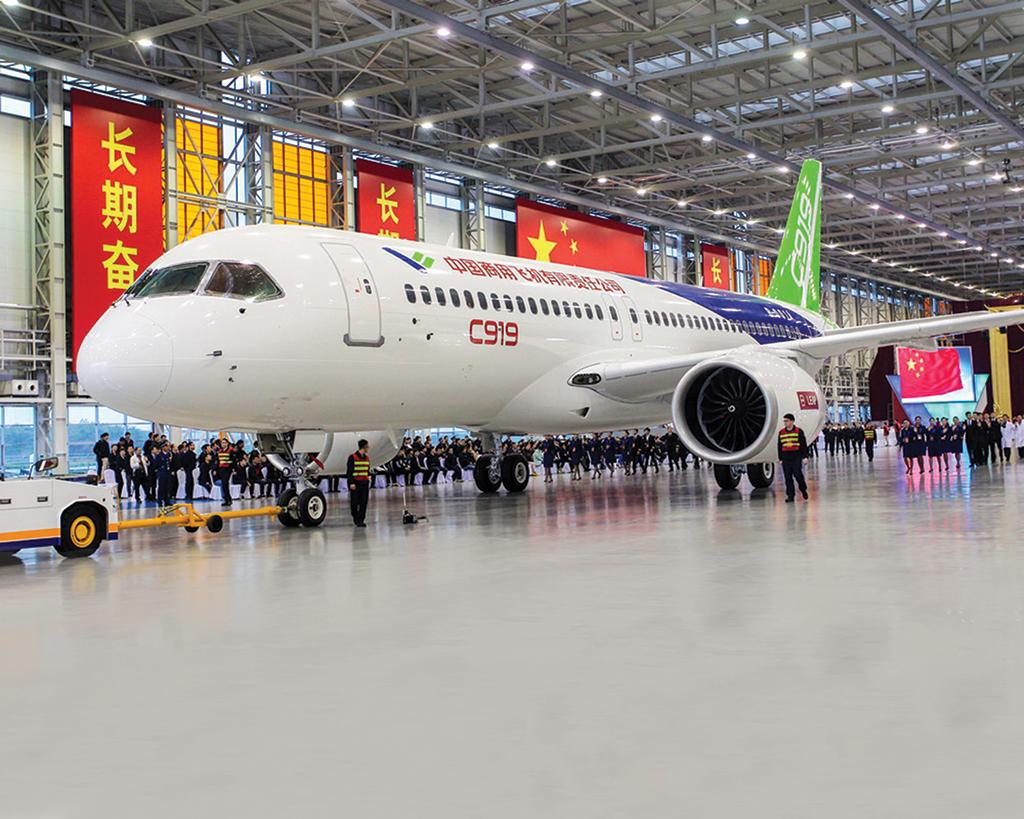
Challenge Postponed
The threat China’s industry poses to Airbus and Boeing has receded with delays to Comac’s C919, but it has not disappeared. In 2016, Comac’s ARJ21 regional jet will finally enter service, the narrowbody C919 will begin flight tests, and development of a long-range widebody aircraft is expected to begin with Russia’s United Aircraft Corp.
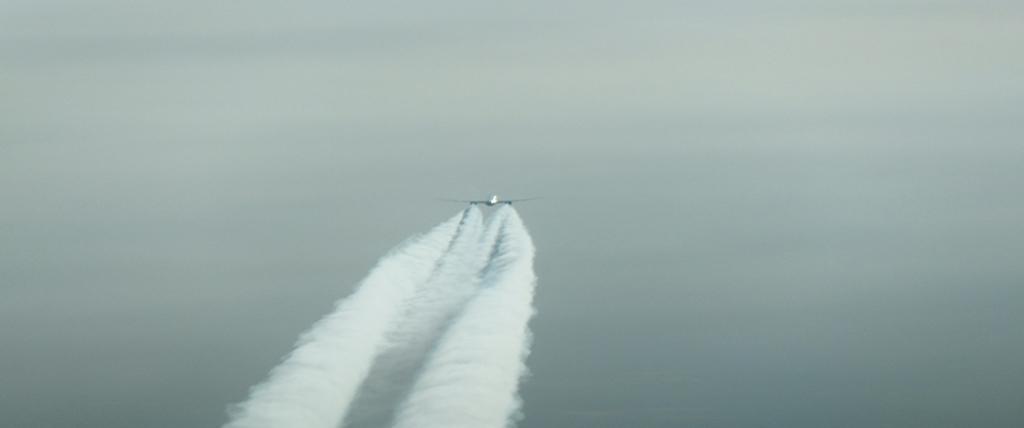
Emissions Action
Approval of a meaningful global market-based measure—levies, emissions trading or offsetting—at the International Civil Aviation Organization (ICAO) Assembly in September 2016 will be critical to accomplishing the civil-aviation industry’s stated goals of achieving carbon-neutral growth by 2020 and reducing net CO2 emissions by 2050.

Tracking Deadline
November 2016 is the deadline for implementing global flight tracking using current technology, set by ICAO in the wake the March 2014 disappearance of Malaysia Airlines Flight 370. But there are calls for a delay to 2018 to mitigate risk and align with the European Union’s planned mandate.

Industry on Alert
With a U.S. presidential election in 2016, and the Pentagon eyeing acquisition reforms, increased competition and private-sector R&D, industry will be on the alert for changes in spending and policy. Consolidation is expected to continue but may not reach 2015’s record deal value, as company valuations are near multidecade highs.
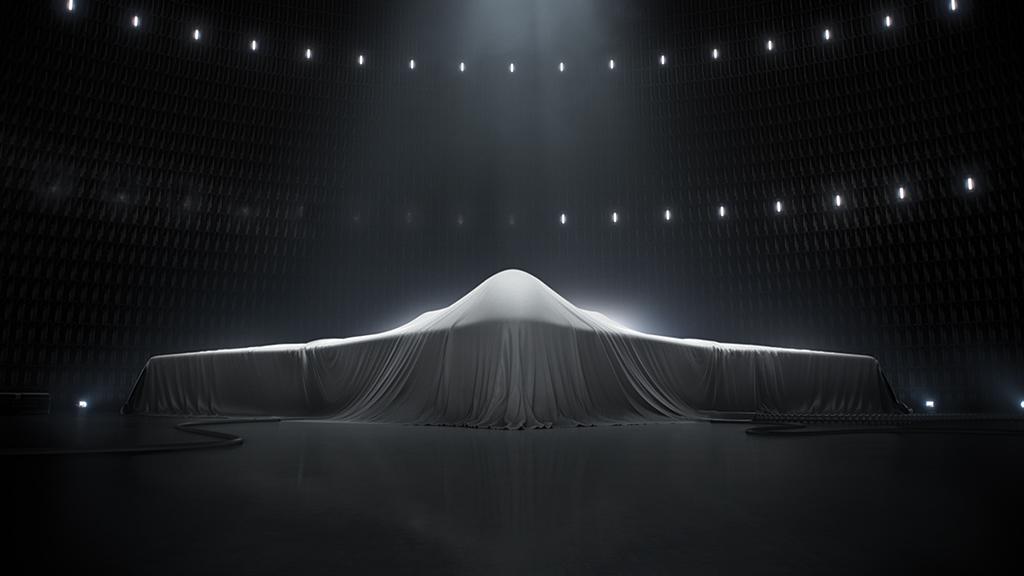
Bomber Tripwire
In one of its most important decisions in recent years, the Government Accountability Office will rule by mid-February 2016 on the Boeing/Lockheed Martin team’s protest against the November 2015 award of the $80 billion U.S. Air Force Long-Range Strike Bomber program to Northrop Grumman. Upholding the protest could mean another competition.
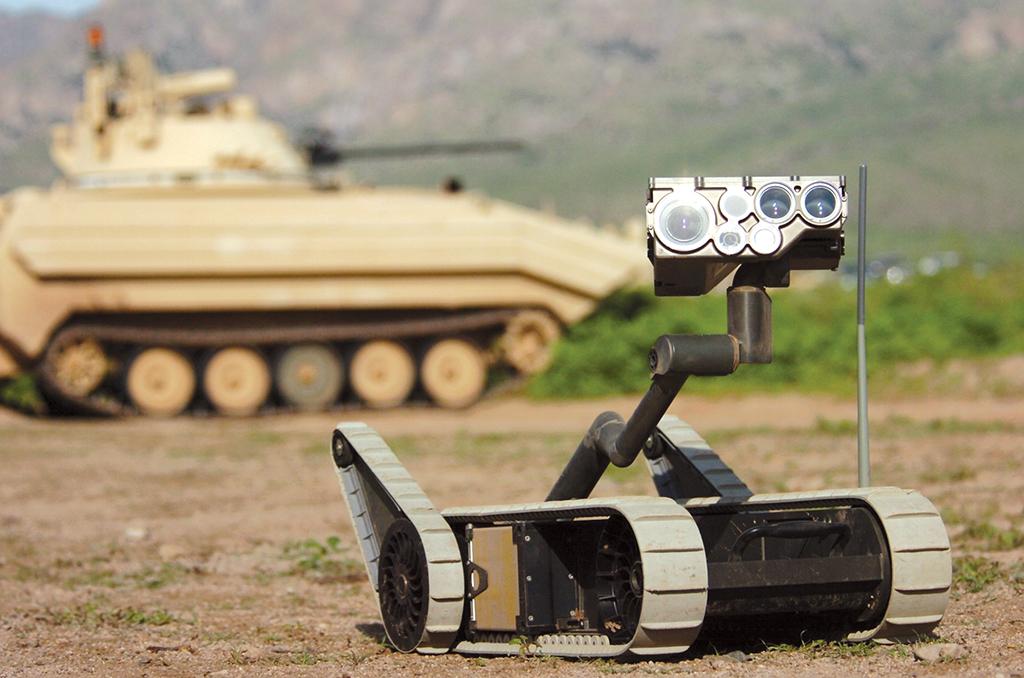
Offset Slowed?
The Pentagon’s vaunted Third Offset Strategy to restore its conventional edge over Russia and China will meet fiscal reality with the department’s 2017 budget request. The strategy focuses heavily on autonomy and human-machine teaming, but the Pentagon likely can afford only demonstrations and not procurements at the pace it needs.
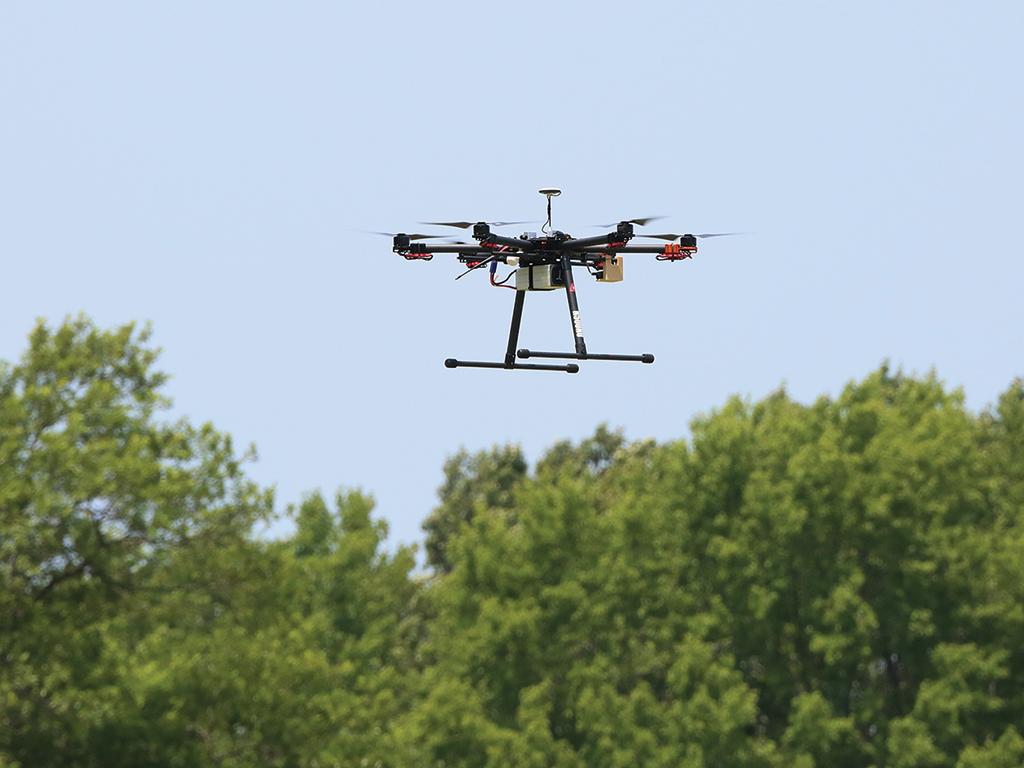
Pressure Maintained
Two enduring issues will assail the FAA in 2016: unmanned aircraft system (UAS) integration and air traffic control (ATC) privatization. The long-delayed Small UAS rule is expected in June but significantly lags the technology’s capabilities, keeping market pressure on the agency. The ATC spinoff debate, meanwhile, will move into high gear.
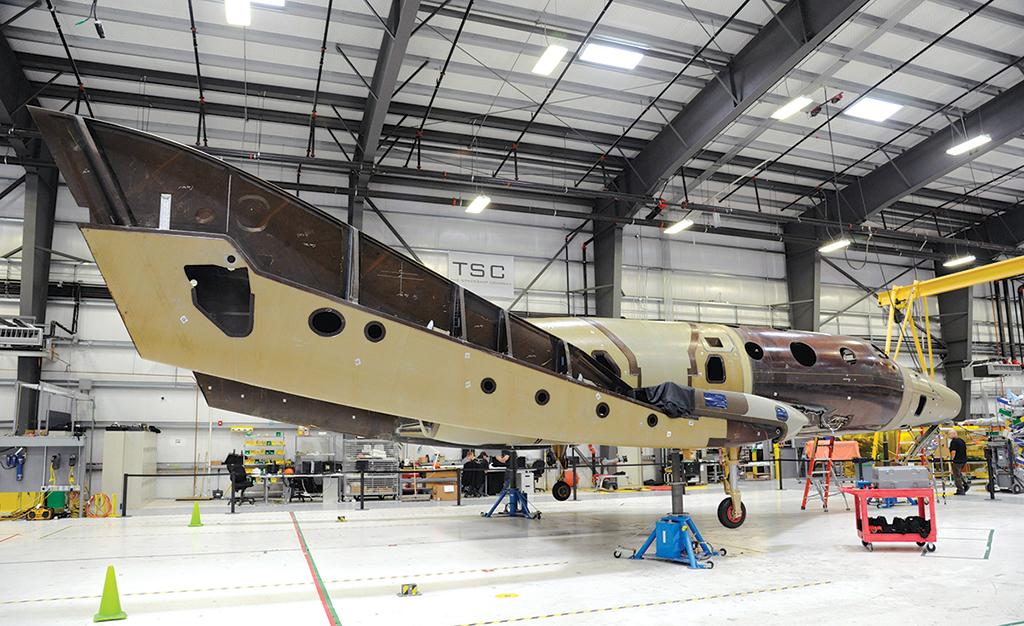
Suborbital Step Up
Virgin Galactic’s SpaceShipTwo will return to flight testing in 2016, after the October 2014 fatal crash, as routine suborbital spaceflight moves a step closer. XCOR Aerospace is to fly its two-seat Lynx Mk. 1 suborbital spaceplane in 2016, as Blue Origin continues flight testing of its reusable New Shepard. Commercial flights could begin in 2017.
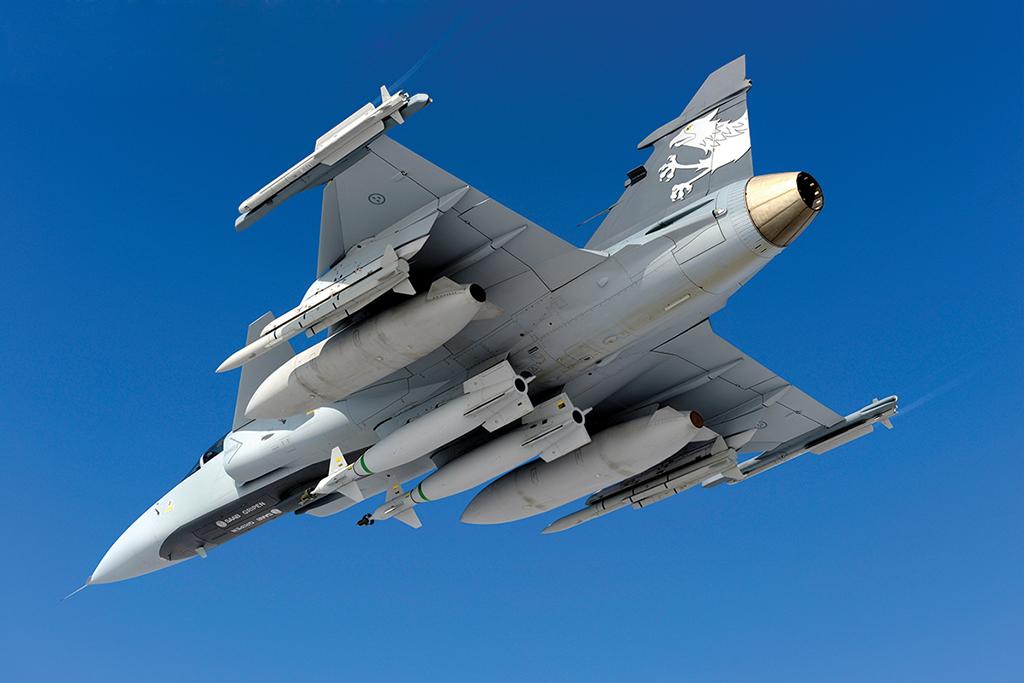
Outrider Renewed
The first prototype of Saab’s next-generation JAS 39E Gripen will fly in 2016, keeping pressure on the global fighter market by offering much of the capability of its heavier, costlier European and U.S. rivals but at significantly lower operating cost. Dassault’s Rafale will cement its export resurgence with signature of a 36-aircraft deal with India.
Narrowbody airliner reequipment, defense procurement pressures, emissions and tracking deadlines for aviation, and the relentless advance of unmanned aircraft make 2016 a year of challenge and opportunity. Here are 12 areas to watch.
